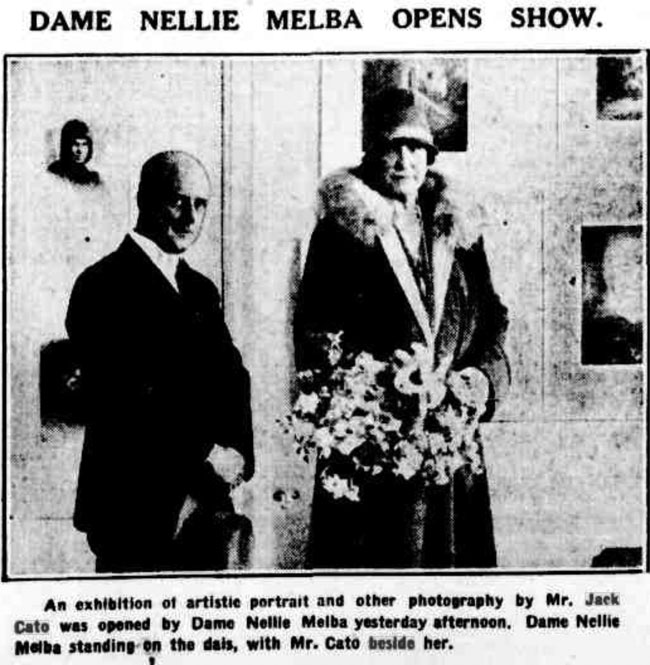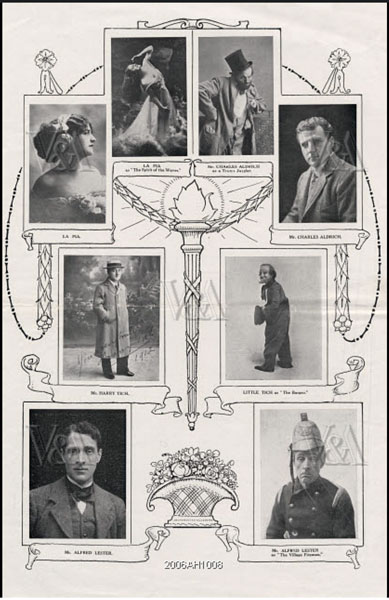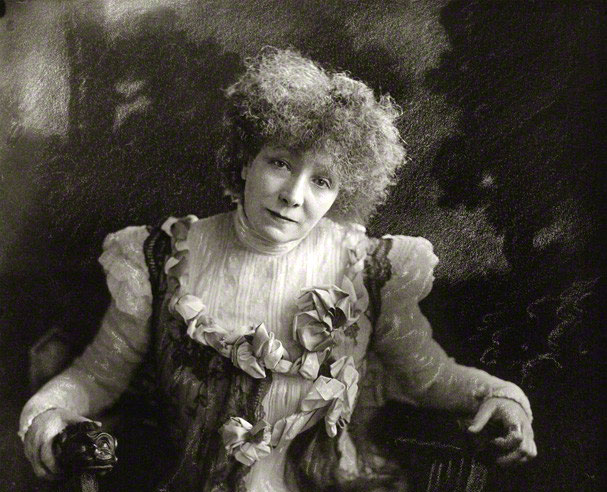|
Cato main page
Local Characters
This is a short piece on studio portraits Jack Cato made in Hobart in the 1920s of several well known street characters.
In 1918 Jack Cato returned to Tasmania after eight years firstly travelling in Europe and then working in London for top society and theatre photographers H.W Barnett and Claude Harris*.
From 1914 to 1918 Cato was based in South Africa providing illustrations for the second volume of the history of South Africa being published by George Cory, the Professor of Chemistry at Rhodes University. Cato was awarded a Fellowship of the Royal Photographic Society in 1917 for a large portfolio and treatise on his African work.
In November 1918 Cato opened a stylishly decorated studio in Robb’s Buildings Hobart aimed at attracting the more affluent class of sitters.He held an opening exhibition at the studio of his prints including his South African studies. |
|
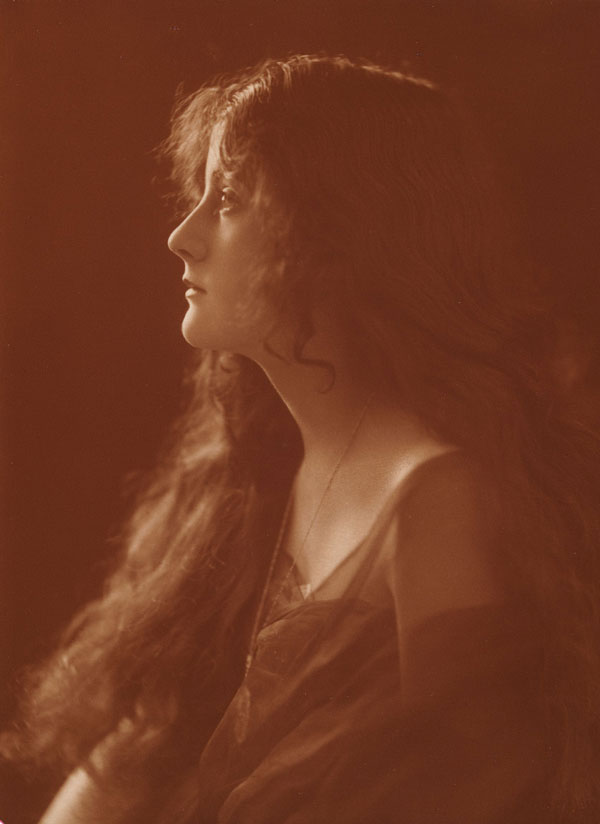
Duchess of Leinster, London 1911
|
The superior quality and presentation of Cato’s work can be seen portraits made in in the first decade or so of his professional career.
In addition to promoting his studio with exhibitions of prints in the window, Cato was also prominent in the local photographic societies and clubs as a judge and lecturer. Cato had made a series of portraits of important ‘Men of Mark’ in Hobart but in 1924 he also exhibited studio portraits of several local street characters.
It is unlikely the subjects commissioned the portraits. Cato was perhaps recalling the popularity of colourful street types as subjects for prints and photographs since the late 19th century London. He possibly thought the portraits would add variety to the group of prints he was preparing to send to Sydney later that year for a photographic convention. His former employer H Walter Barnett interestingly, made some similar portraits in Dieppe in 1921 but they don’t seem to have been published at the time
One of Cato’s subjects was known as ‘Old Ned’ who sold racing guides, sporting papers and The Critic newspaper. He had taken the picture not long before Ned’s death aged 82 on 5 December 1921. The Critic of 9 December carried an obituary detailing Ned’s long and varied life and occupations. He had been born in England as Edward Arthur Prestage and had been’ gentleman’s gentleman’ before immigrating to Tasmania in the 1880s. He was noted as interested in music and literature and a fine singer. A small sketch of ‘Old Ned’ was included in the paper.
Others from this series were ‘Nugget’ whose real name is not known and ‘Snorky’ aka George Chandler a walking advertiser known a ‘sandwich man’. His history was rougher than Old Ned’s. Chandler had been in trouble with the law since his youth but in The Mercury 11 May 1921 aged 40 and listed as a vagrant he was found guilty of an ‘unnatural offence’ with a young man of 21 at Bellerive beach and both were given ten-year sentences. Harsh sentences even for the time and it is not known when either man were released. Cato presumably photographed Snorky before his conviction.
According to the newspapers Cato’s character studies were made from paper negatives which imparted a sketch like graphic effect to the image. The photography columnist in the Hobart News of 26 July 1924 described how Cato made a transparency the size of the desired portrait which he projected onto photographic paper which is in turn served as the ‘negative’ to print the final image. Retouching further enhanced the sketchy effect. Cato had studied drawing and painting in his youth in Hobart.
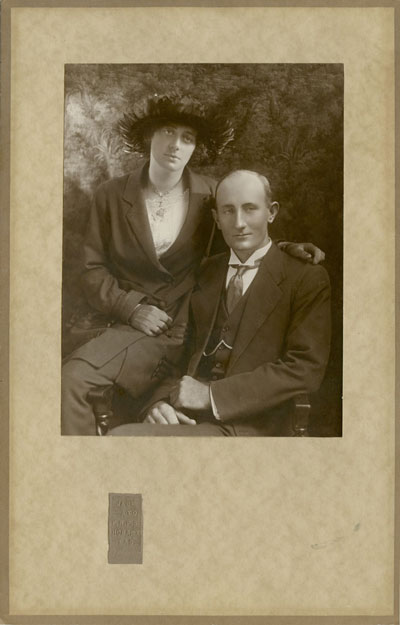 |
| Jack Cato, Portrait unknown couple, Hobart c.1925 |
 |
| Jack Cato, portrait Lucien Dechaineux, 1924 |
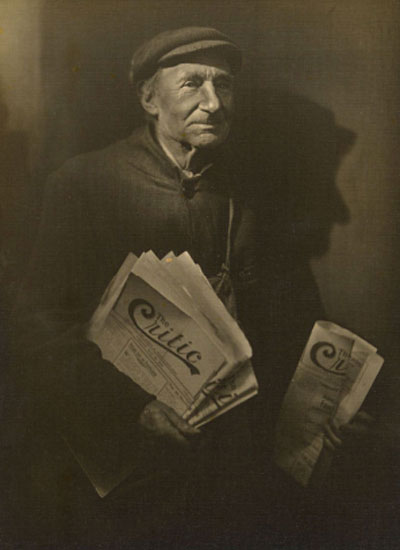 |
|
 |
| Jack Cato, Old Ned Hobart |
|
Jack Cato, Old Ned Hobart |
 |
|
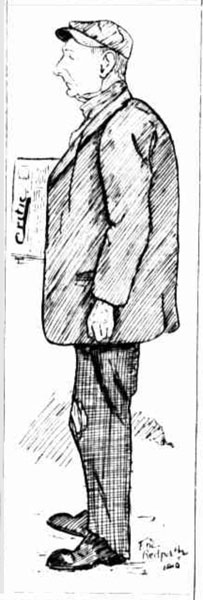 |
| Jack Cato, Nuggett, Hobart |
|
Old Ned, cartoon from orbituary, Hobart |
 |
|
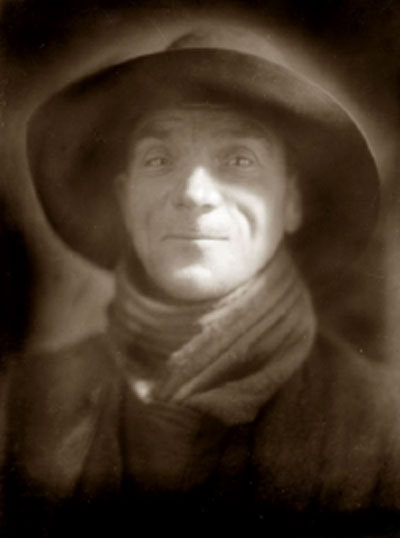 |
| Jack Cato, Snorky, Hobart |
|
Jack Cato, Snorky, Hobart |
Cato’s work to this date was a skilful exponent of the romantic style of turn of the century Pictorialist art photography that he had learned abroad. He retained a preference for the Pictorialist soft focus luminosity, theatricality and fine printing over the next two decades. He responded to but did not embrace the sharper edge modernist styles of the 1930s.
Cato left Hobart in 1927 and moved to Melbourne setting up in the London Stores building with the new studio opened by Dame Nellie Melba on 6 October. In Melbourne he continued as a leader in portraiture working in a style very much drawn from the pictorialist approach. However he was not a regular exhibitor in pictorial salons. He preference was to arrange his own one-person shows.
Cato retired in 1946 tired of the war years shortages of materials staff and top society and commercial clients. He took on writing and photography projects including the first history of photography in Australian in 1948–1955. The latter funded by the sale of his beloved stamp collection.
Various holdings can be found through TROVE.
For a selection of Cato's photographs - click here
For more on Jack Cato - click here
* Information relating to Cato's work in London with Harris and Barnett:
|









